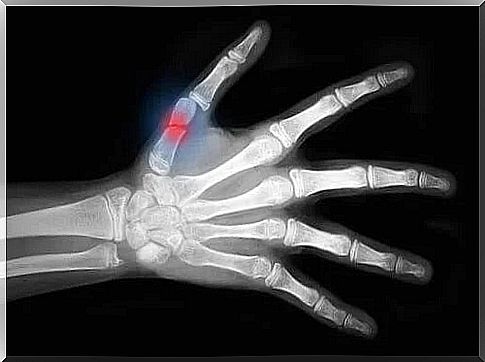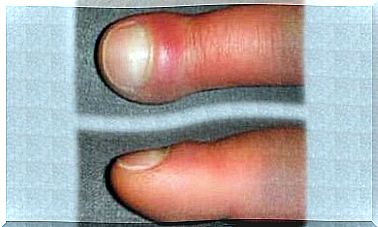Causes And Treatment Of Lacerations

In the medical field, lacerations are traumatic injuries that tear the soft tissues of the skin over large areas and expose the bone. They mainly affect the extremities. The consequences they cause have no solution in most cases. If these types of traumatic injuries occur in the head or torso, they are often fatal. Find out the causes and treatment of lacerations!
Classification of lacerations

Classifying soft tissue lesions can help you understand their true extent and implications. Medical professionals use the Tscherne Classification of Soft Tissue Injuries, described in a study published in the journal Columbia Médica in 2014. In addition, they take as an example tibial fractures and soft tissue injuries.
According to the Tscherne Classification, soft tissue lesions are grouped according to the following grades:
Progress in Tscherne classification of soft tissue lesions

The Tscherne classification has recently been expanded. Nowadays, a five-point scale is used that independently quantifies the severity of injuries to the skin, muscles, tendons and neurovascular system.
This classification is more accurate than the previous one and better describes lacerations. However, most authors still use the classical Tscherne scale.
Although the classification of soft tissue lesions may be useful, their severity increases progressively. But it is often difficult to reliably classify a particular injury.
Treatment of lacerations
Recognition and management of soft tissue lesions are two of the most important aspects of treatment. Of course, the assistance of a healthcare professional is essential and urgent in these cases.
Second and third degree lesions, according to the classification explained in the previous section, heal better with a temporary external fixator and with delayed surgery.
Lacerations almost always require major surgery. In addition, a study published in the Journal of Emergencies, Trauma and Shock highlights the importance of a multidisciplinary approach. Some treatment options include:
Treatment of lacerations: recovery
The procedure chosen will depend on the circumstances of each case and the assessment made by the medical team. As a last step, after the operation, the patient must resort to postoperative physiotherapy sessions. As detailed in the cited sources, the possible consequences will depend on the severity of the injury and also on the type of treatment applied.









